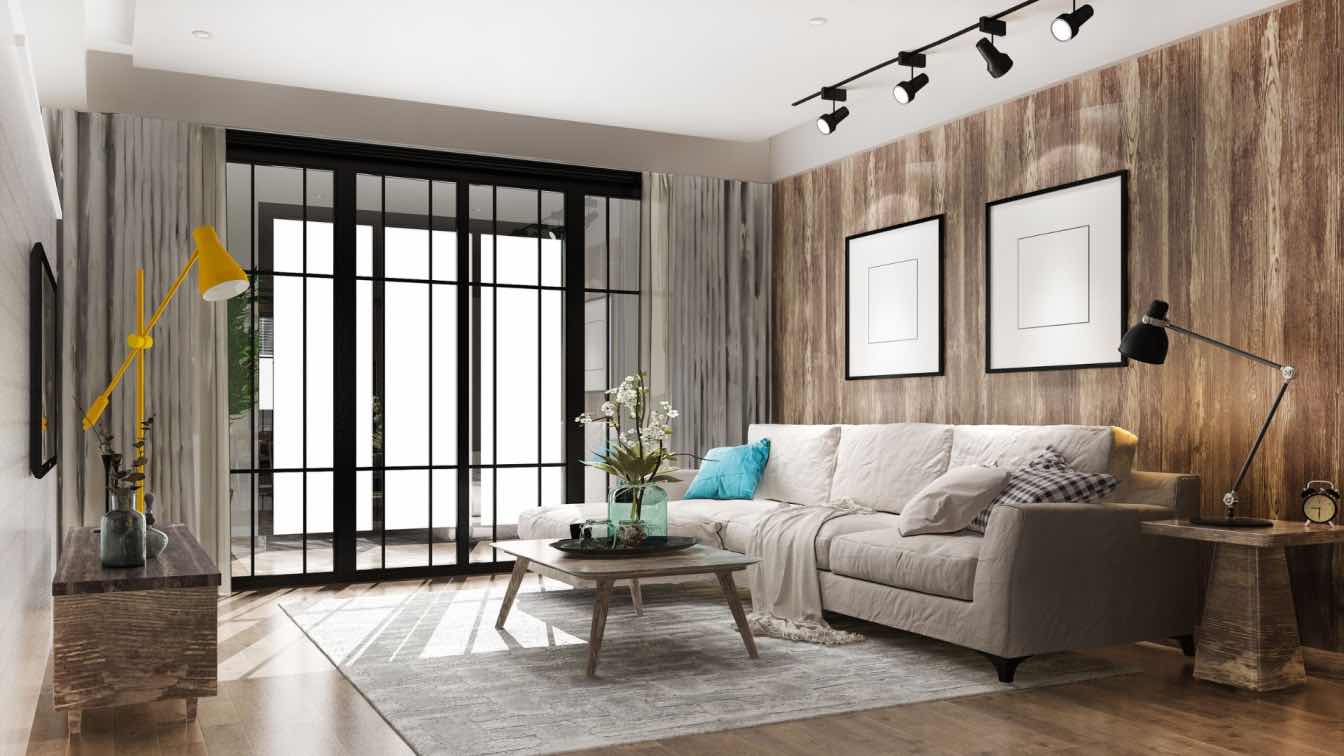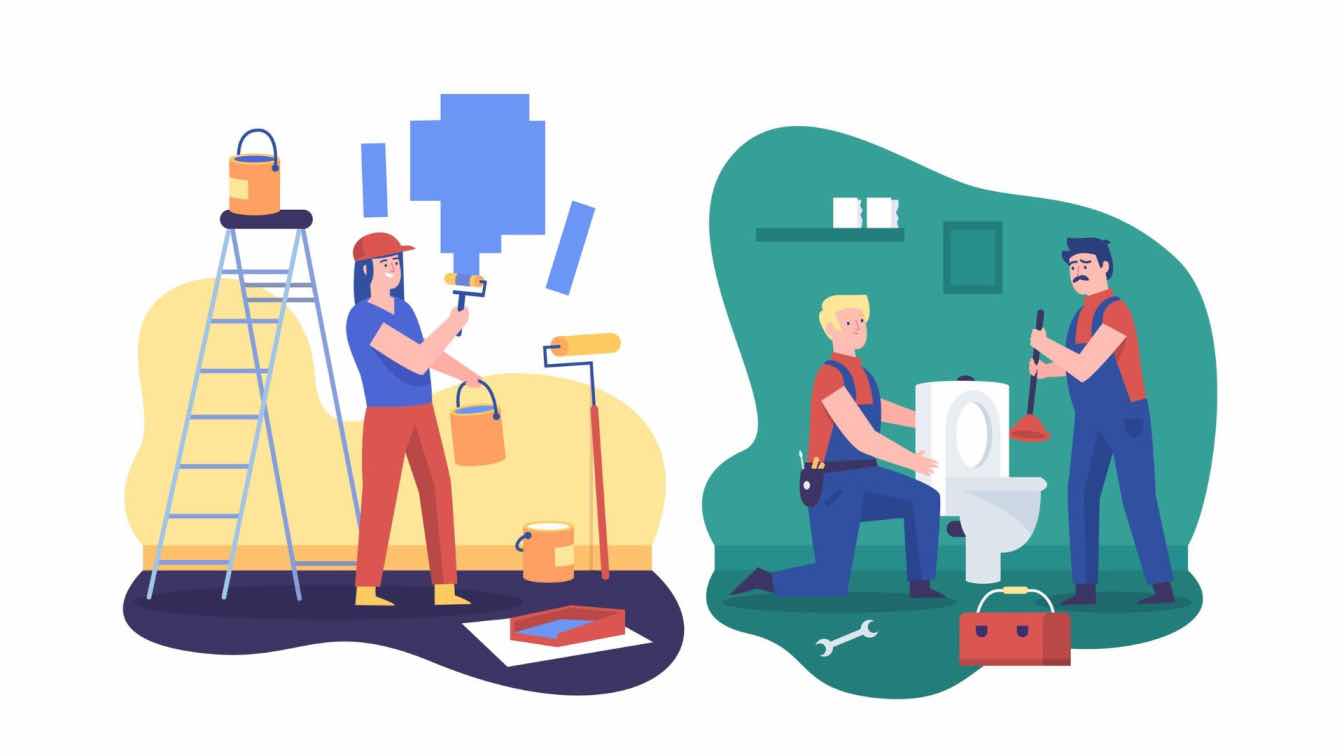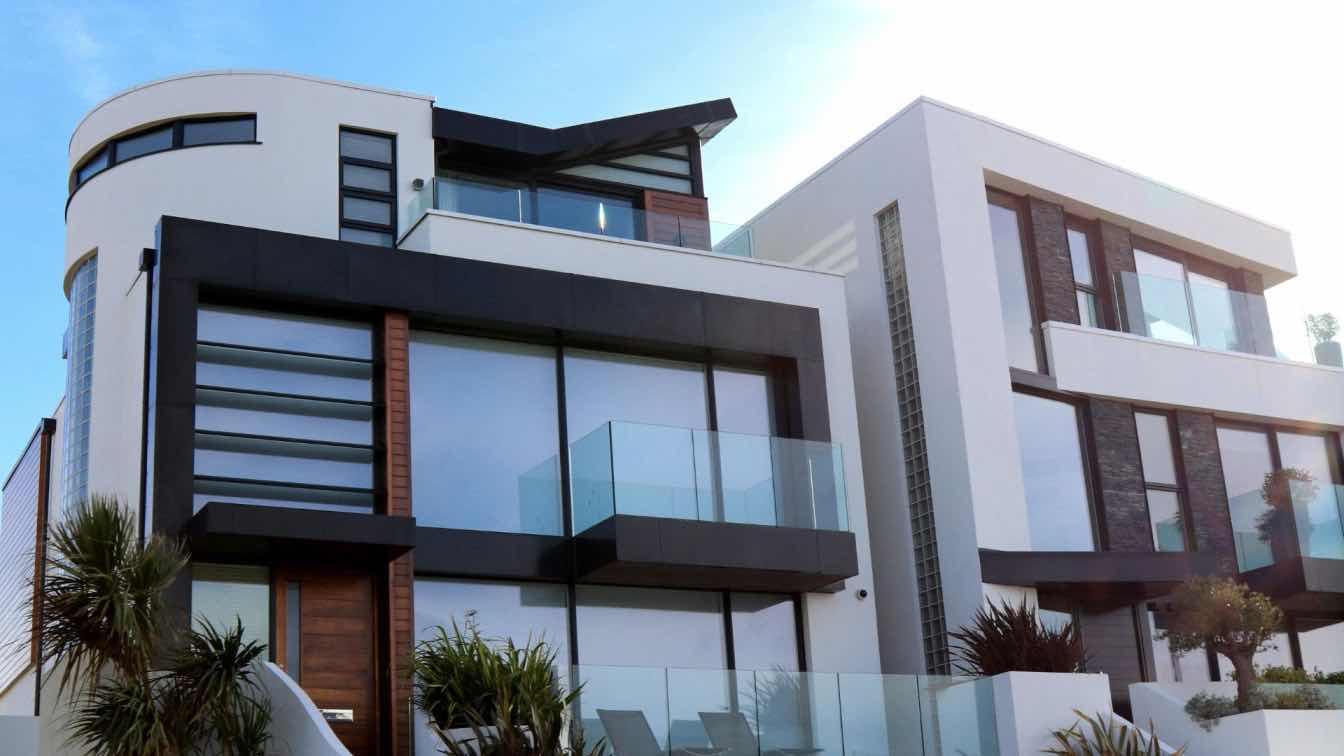The intersection of design and cleanliness has never been more apparent than in today's geometric-inspired interiors. From the clean lines of contemporary Dublin townhouses to the angular sophistication of modern penthouses, geometric patterns don't just define our visual landscape—they can revolutionize how we approach cleaning and maintenance.
Professional house cleaning in Dublin cleaning team has evolved beyond basic tidying to embrace the principles that make spaces truly harmonious. A skilled cleaning team understands that geometric cleaning patterns aren't just about aesthetics; they're about creating systematic, efficient approaches that mirror the intentional design of the spaces they maintain.
The Foundation: Understanding Geometric Principles in Cleaning
Just as architects use geometric forms to create visual balance, cleaning patterns can transform chaotic maintenance routines into structured, satisfying rituals. The key lies in recognizing that every room contains inherent geometric relationships—from the rectangular framework of walls and windows to the circular flow patterns around furniture clusters.
When we clean in geometric patterns, we're not simply moving dirt from one place to another; we're participating in the spatial dialogue of the room itself. This approach creates what designers call "visual rhythm"—a sense of order that the eye can follow and the mind can appreciate.
Linear Patterns: The Power of Straight Lines
The most fundamental geometric cleaning pattern follows straight, parallel lines. This technique works exceptionally well in rooms with strong architectural features like exposed beams, hardwood floors, or linear furniture arrangements.
The Parallel Method: Start from one wall and work in parallel strips toward the opposite wall. This pattern is particularly effective for vacuuming carpets, mopping floors, and dusting surfaces. The systematic approach ensures complete coverage while creating a sense of visual completion as each "stripe" is finished.
For hardwood or tile floors, cleaning in the direction of the grain or grout lines enhances the natural geometry of the material. This technique doesn't just clean more effectively—it actually makes the flooring appear more organized and intentional.
Circular Patterns: Creating Flow and Movement
Circular cleaning patterns work beautifully in rooms with central focal points like dining tables, coffee tables, or conversation areas. These patterns mirror the natural flow of movement around furniture clusters and can make spaces feel more cohesive.
The Spiral Technique: Begin at the outer perimeter of the room and work inward in a gentle spiral pattern. This approach is ideal for organizing and cleaning rooms where you want to create a sense of gathering and intimacy. As you work toward the center, you're literally and figuratively drawing attention to the room's focal point.
Angular Patterns: Embracing Sharp Geometry
Modern interiors often feature strong angular elements—think chevron floors, hexagonal tiles, or zigzag accent walls. Cleaning patterns that echo these angles can enhance the geometric impact rather than fighting against it.
The Diagonal Sweep: Clean surfaces at 45-degree angles to the room's primary walls. This technique is particularly striking in square or rectangular rooms, as it creates dynamic visual tension while ensuring thorough coverage. The diagonal pattern also helps reveal areas that might be missed with traditional back-and-forth motions.
Grid Systems: The Ultimate in Organization
Perhaps the most satisfying geometric cleaning pattern is the grid system, which divides each room into manageable quadrants or sections. This method brings architectural precision to everyday maintenance tasks.
The Quadrant Method: Mentally divide each room into four equal sections, then clean each quadrant completely before moving to the next. This systematic approach ensures nothing is overlooked while creating a sense of mathematical completion. It's particularly effective in large, open-plan spaces where it can be easy to lose track of progress.
Integrating Patterns with Room Function
Different room functions call for different geometric approaches. Kitchens, with their emphasis on workflow and efficiency, benefit from linear patterns that follow the natural work triangle between sink, stove, and refrigerator. Bedrooms, designed for rest and intimacy, respond well to circular patterns that create a sense of enclosure and calm.
Living areas with multiple conversation zones might employ a combination of patterns—circular cleaning around seating groups connected by linear pathways that mirror foot traffic patterns.
The Psychology of Geometric Cleaning
There's something deeply satisfying about geometric cleaning patterns that goes beyond mere efficiency. These systematic approaches tap into our innate appreciation for order and pattern recognition. When we clean in geometric patterns, we're creating temporary art installations that happen to serve a practical purpose.
The visual harmony created by geometric cleaning patterns doesn't disappear when the cleaning is finished. Instead, it becomes embedded in the spatial experience of the room. Furniture appears more intentionally placed, architectural features seem more pronounced, and the overall sense of design coherence is enhanced.
Maintaining the Pattern
The true power of geometric cleaning patterns emerges through consistency. When the same patterns are used repeatedly, they become invisible infrastructure that supports the room's visual harmony. Regular maintenance following these patterns prevents the accumulation of disorder that can disrupt a space's geometric integrity.
Professional cleaning services understand this principle intuitively. They don't just clean—they maintain the spatial relationships that make designed spaces feel intentional and harmonious. Each cleaning session becomes an opportunity to reinforce the room's geometric logic rather than simply removing dirt and dust.
Conclusion: Cleaning as Design Practice
Geometric cleaning patterns represent more than efficient maintenance techniques—they're a form of design practice that honors the architectural intentions of our living spaces. By aligning our cleaning methods with the geometric principles that govern good design, we become active participants in maintaining not just cleanliness, but visual harmony.
Whether you're maintaining a minimalist Dublin apartment or a complex contemporary home, geometric cleaning patterns offer a systematic approach that serves both practical and aesthetic goals. In the marriage of geometry and cleanliness, we find that maintenance becomes an extension of design itself—a daily practice that sustains the visual poetry of our built environment.





